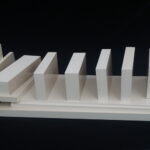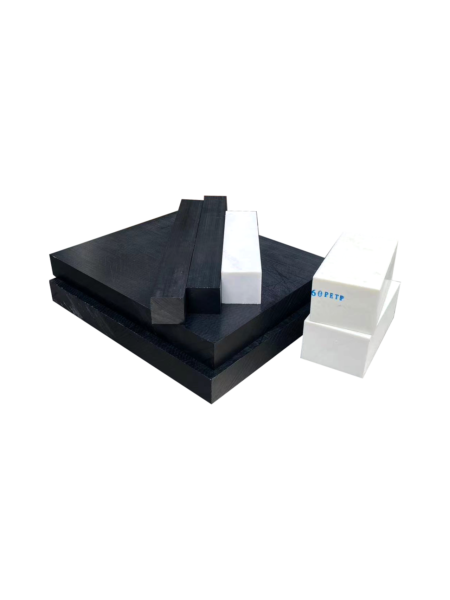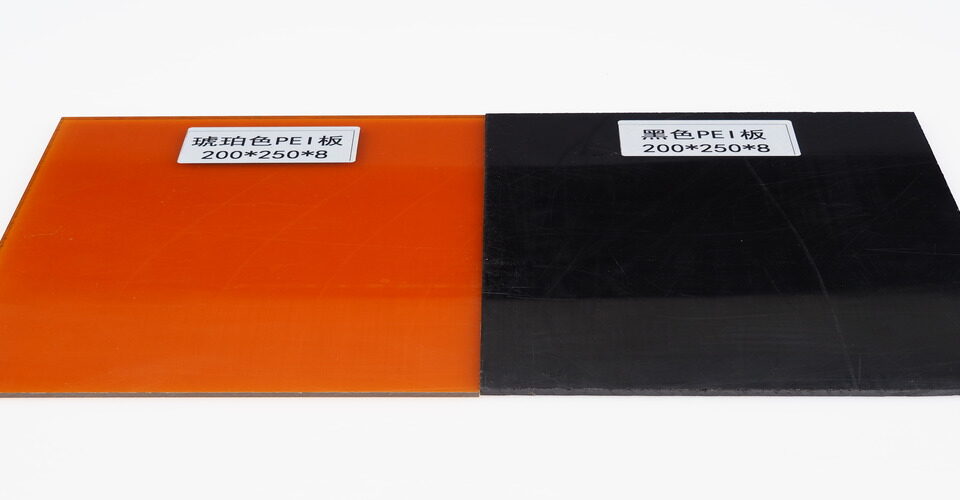
What is the raw material of PPS plastic?
February 17, 2025
What is the disadvantage of PTFE?
February 18, 2025PET (Polyethylene Terephthalate) and HDPE (High-Density Polyethylene) are both commonly used plastics in various industries, but they are not the same. While they share some similarities, they differ significantly in terms of properties, uses, and production processes.
1. Chemical Structure
- PET (Polyethylene Terephthalate): PET is made from polymerizing terephthalic acid and ethylene glycol. The polymer structure contains ester linkages, giving it high strength and durability.
- HDPE (High-Density Polyethylene): HDPE is made from polymerizing ethylene monomers. It has a simple, linear molecular structure, which results in a higher density compared to low-density polyethylene.

2. Physical Properties
- PET: PET is transparent, stiff, and has a glossy finish. It has a high tensile strength and is resistant to moisture and chemicals.
- HDPE: HDPE is typically opaque, more flexible, and has a higher impact resistance. It has a more rigid molecular structure, making it suitable for products requiring strength.
3. Common Applications
- PET: Commonly used in packaging, especially for bottles, food containers, and textile fibers (e.g., polyester).
- HDPE: Often used for products like milk jugs, detergent bottles, and piping due to its durability and resistance to chemicals.
4. Recycling
- PET: PET is highly recyclable, and products made from PET are often recycled into fibers for clothing or carpeting.
- HDPE: HDPE is also recyclable and is commonly reused in the production of products like new bottles or plastic lumber.
Though both PET and HDPE are widely used in packaging, they are distinct plastics with different characteristics and applications.






